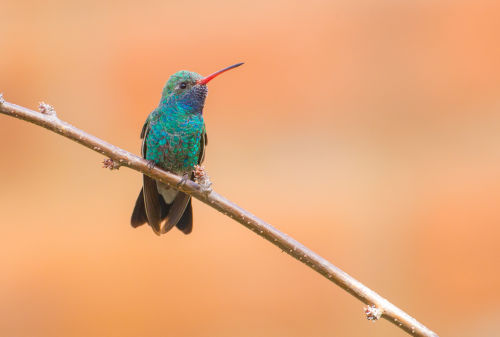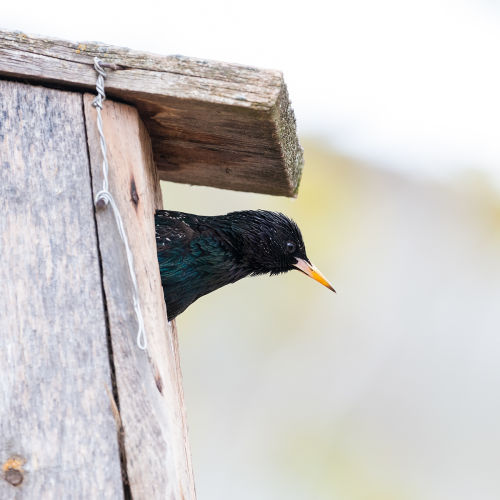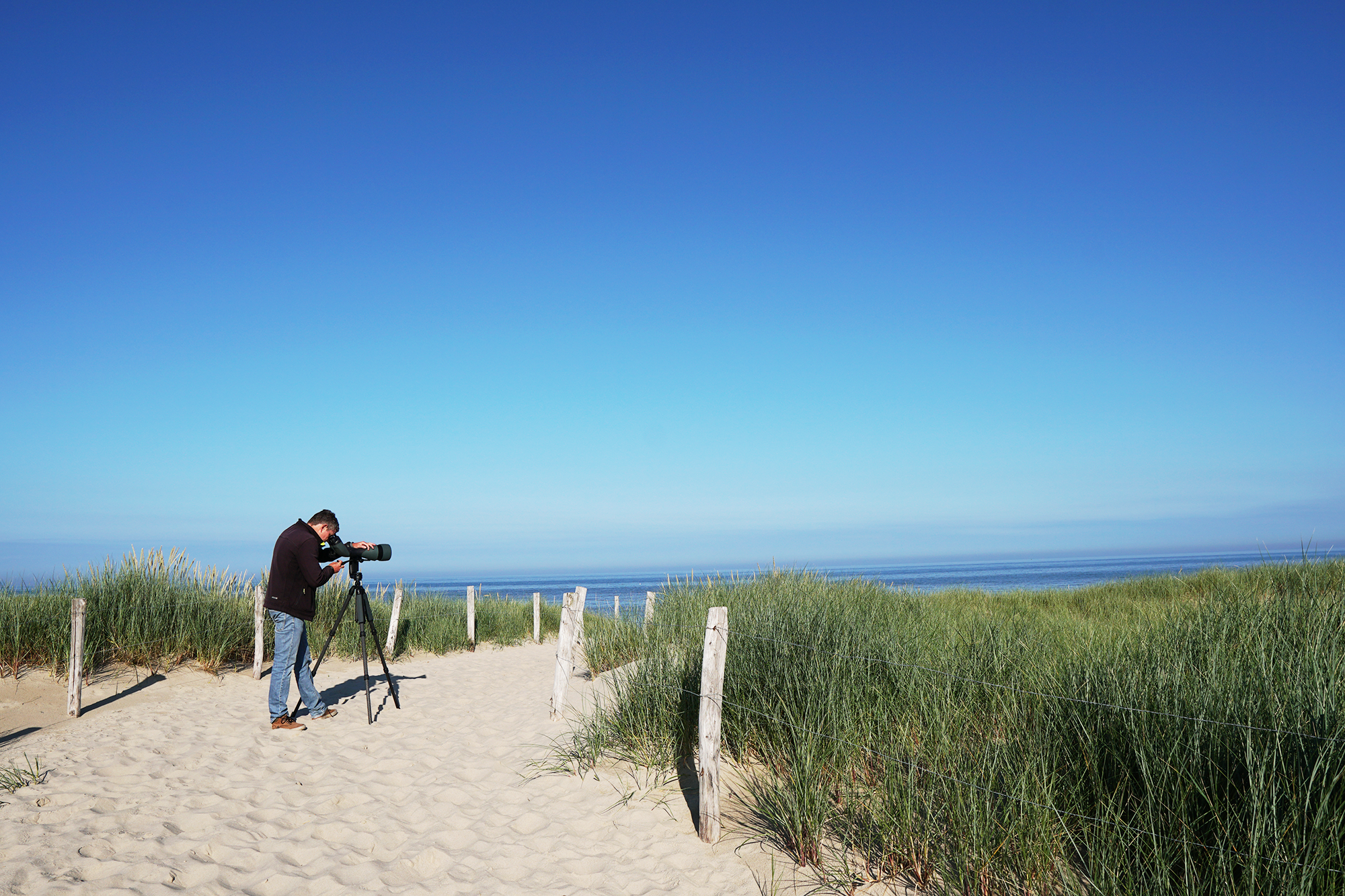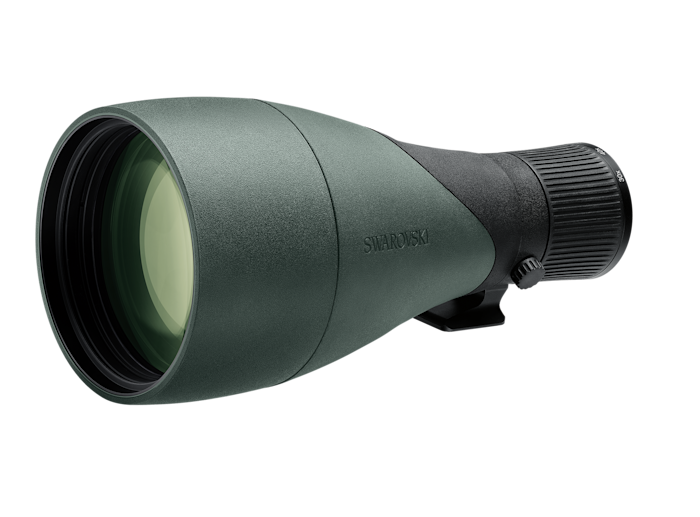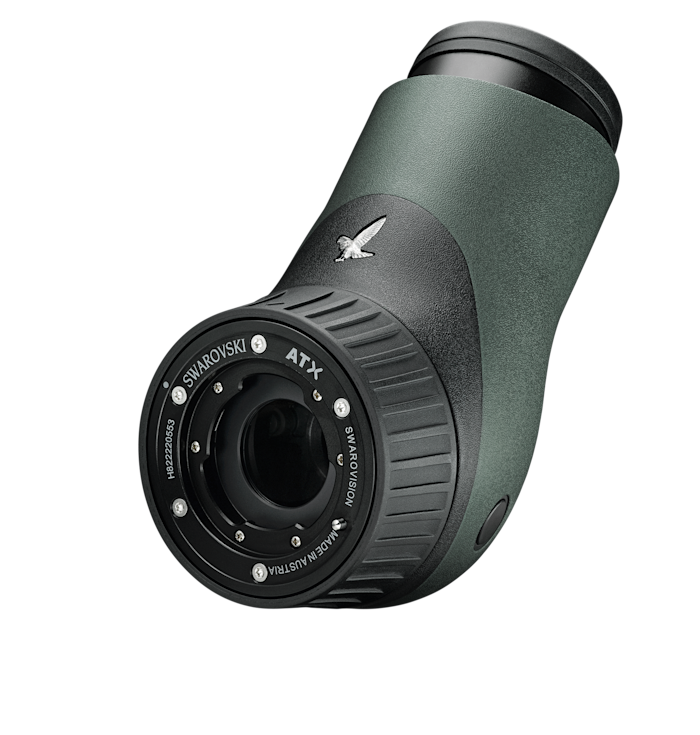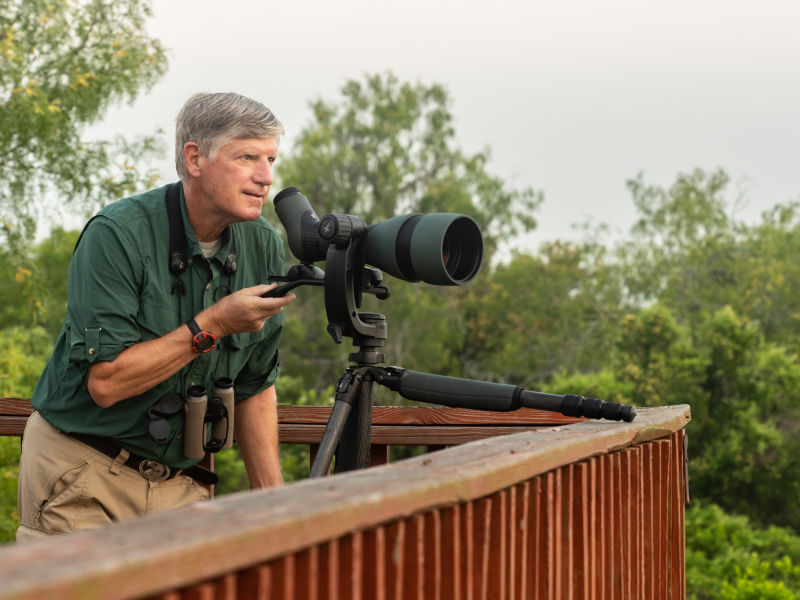Renowned birder Nils van Duivendijk from the Netherlands was among the first to try the 115-mm objective module for spotting scopes. Find out what his first impressions were and how he found greatness in the smallest detail.
The 115-mm objective module in the field
One of my favourite sites to look at waders and search for rarities amongst them is Balgzand, a large coastal mudflat close to my home in the northwest of the Netherlands. In spring and late summer the numbers of waders are always huge here. However, Balgzand has one disadvantage: the tide has to be really high for the birds to come close enough to see any details, and such high tides only come once every few weeks.
Against the odds
Together with Mark Collier, both of us armed with the brand new 115-mm objective modules, we ignored the tide-tables and went to the spot in the evening. The tide was far from ideal, with the closest birds still at several hundreds of meters. Even now, in mid-June, the numbers were impressive.
Hundreds of Spotted Redshanks (Tringa erythropus) were already back from their breeding grounds, often our first sign of ‘autumn’. Despite the distance, we could see every detail of their plumage with the 115-mm objective module. All turned out to be males, typical this early, straight from the Arctic with not a single feather changed to winter-type yet.
The ‘beast of birding’
Attaching the 115-mm objective module (which we affectionately nicknamed the ‘beast of birding’, or BoB) to the BTX module we were blown away. Wow, what an image! We scanned through the Curlews (Numenius arquata), Whimbrels (Numenius phaeopus), Common Redshanks (Tringa totanus), Ringed Plovers (Charadrius hiaticula), gulls and terns. No rarities unfortunately, but thanks to the phenomenal image, we could be sure of that…


Maximizing the day
Later that evening the light began to fade, so it seemed ridiculous to go into more than species ID under the circumstance, but with ‘BoB’ we are on to our game. The light-gathering power of ‘BoB’ seemed to be even more obvious in these light conditions.
It’s all in the detail
Second calendar year Curlews can sometimes be picked out by their now heavily worn and bleached primaries, and only little or no summer-plumage feathers. With ‘BoB’ it was still clear to see, compared with the less worn adults. We are eagerly waiting for the more exciting time to come with birding to match the sensational image of ‘BoB’, the new 115-mm objective module.
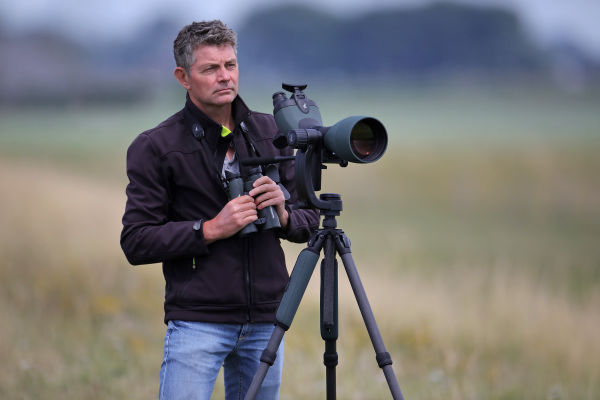
About the author:
Nils van Duivendijk
Nils van Duivendijk is an ornithologist and author based in Petten, the Netherlands. Although working as a medical technician (for lung function and exercise physiology) in a hospital, he also finds time to regularly contribute to Dutch Birding and other esteemed ornithological journals. In 2010, Nils published the “Advanced Bird ID Guide: The Western Palearctic” describing every plumage of all 1,000 species recorded in Britain, Europe, North Africa, and the Middle East. He has been part of the Dutch Rarities Committee since 2002. Although he also loves cycling sports, he says that there “is not a single day, perhaps not even an hour, in my life without an aspect of birding.”
He highly recommends the 115-mm objective module to all those who are “looking for rarities in a ‘steady’ situation, like open areas which can be overviewed from just a few spots. For sea-watching this is the ultimate top when attached to a BTX.”
